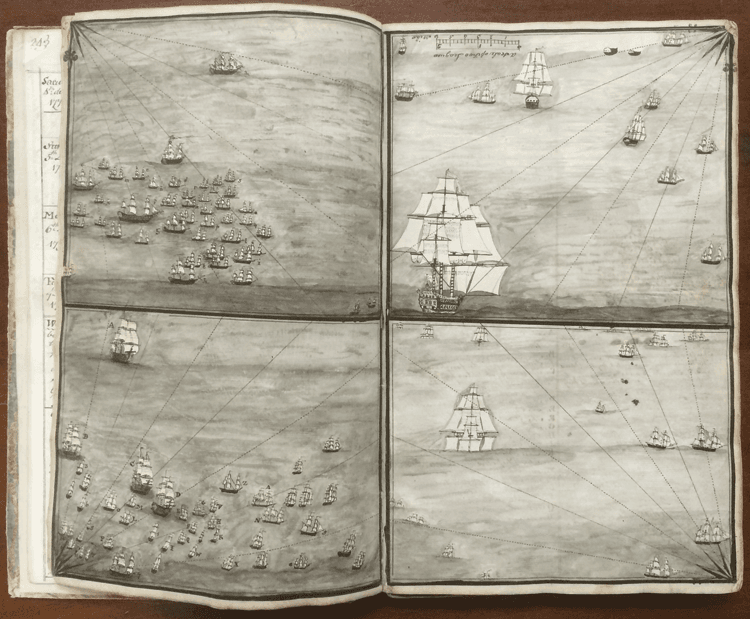Researchers’ Delight: The Peabody Essex Museum’s Digitization Project
Libraries across the country are digitizing their collections to connect patrons to the information they need. Research for the Peabody Essex Museum’s exhibition In Plain Sight: Discovering the Furniture of Nathaniel Gould (see preceding article), was made possible because of the digitization of records that had been in the collection of the Massachusetts Historical Society since 1834. Through newly available online research capabilities, keywords led to the discovery of the critically important 250-year-old ledgers of Salem cabinetmaker Nathaniel Gould, providing the opportunity for new chapters of scholarship to unfold.
In an effort to bring the PEM’s material to a worldwide audience, during the last two years, PEM’s Phillips Library, with the assistance of a team of cataloguers, has gone from having 9 percent of its holdings to more than 90 percent digitally accessible; financial gifts from donors have made this possible. The team has undertaken a retrospective conversion of 175,000 old cataloging records into the preferred Library of Congress system and catalogued another 75,000 previously unprocessed materials. The retrospective conversion connects PEM’s vast library holdings to researchers near and far. One of the particularly gratifying aspects of this project has been to make 50,000 singular, one-of-a-kind documents that only exist in PEM’s Phillips Library Collection available online.
Highlights of the library collection that are now searchable online include a remarkably accurate and historically valuable map of Nagasaki created by Kumamoto Ensai in 1696, and a heavily-illustrated volume on the Chinese Art of Curing Diseases, which was the first book acquired by the museum in 1799.
Massachusetts’ Essex County is the most recorded and historically researchable county in the world thanks to the Phillips Library’s extensive holdings, which include the diary of William Bentley, one of New England’s most renowned diarists, containing twenty-three of his sermons. PEM’s Phillips Library has one of the more distinguished maritime collections in the country, which contains a rich collection of hand-colored plates of ships from about 1720. The library has just embarked on a related project to digitize more than 80,000 historical images from the collection focusing on the China trade. This is not merely a catalogue of the holdings but rather a full-text, full-image digitization of the research materials.
A rule of thumb in the library world is that the more online records you have of your holdings, the more your collection will be accessed. This is bearing out for the Phillips Library, where there has been a significant uptick in use during the past few months, both online and in-person. With the Gould ledger discovery success and 250,000 Phillips Library records now available online, we can’t wait to see what researchers come up with next!
Sidney Berger is director emeritus of the Peabody Essex Museum’s Phillips Library.
This article was originally published in the Winter 2014 issue of Antiques & Fine Art magazine, a digitized version of which is available on afamag.com. InCollect.com is a division of Antiques & Fine Art, AFAnews, and AFA Publishing.





























